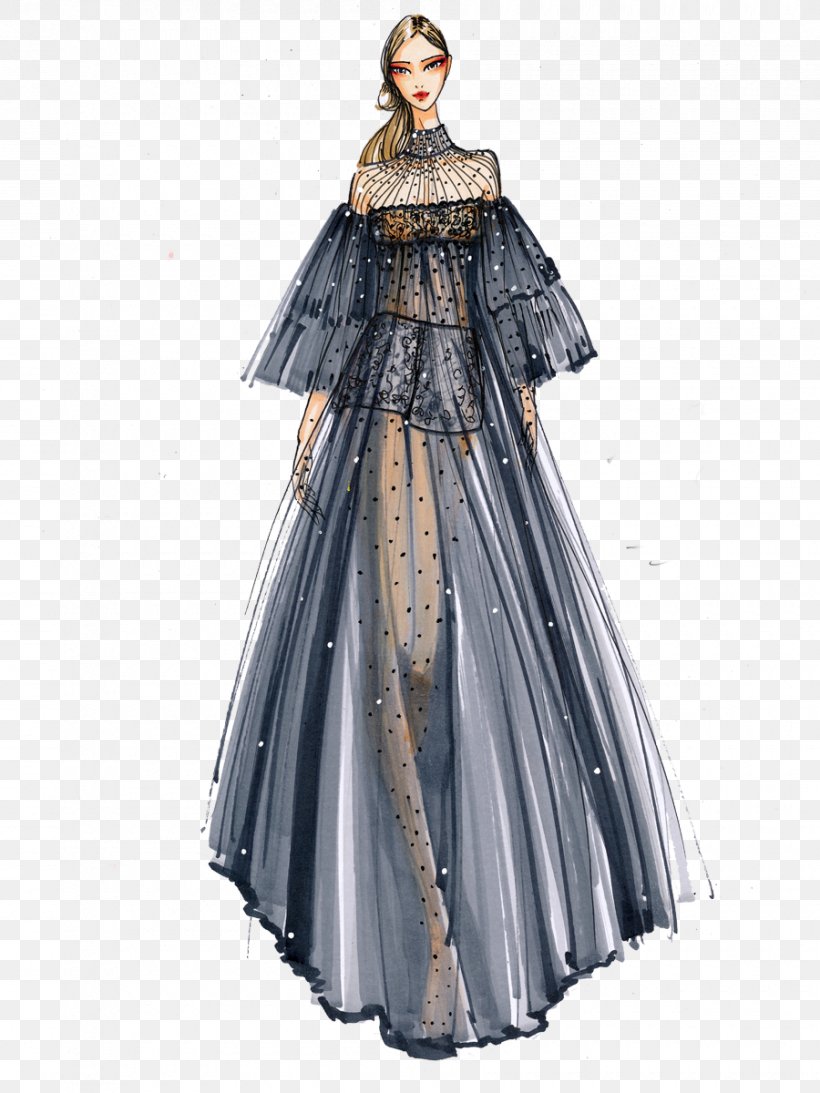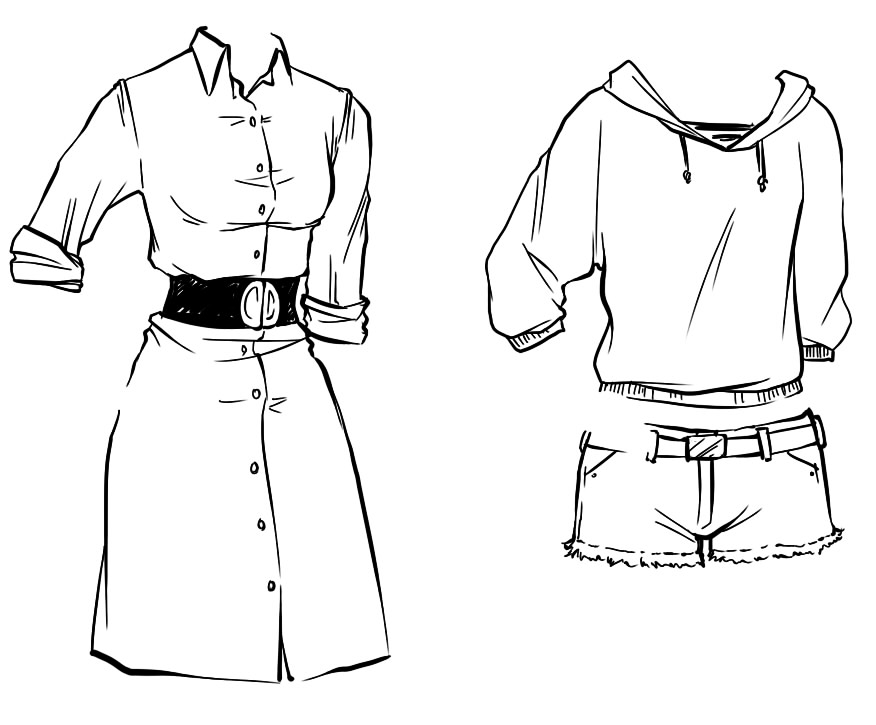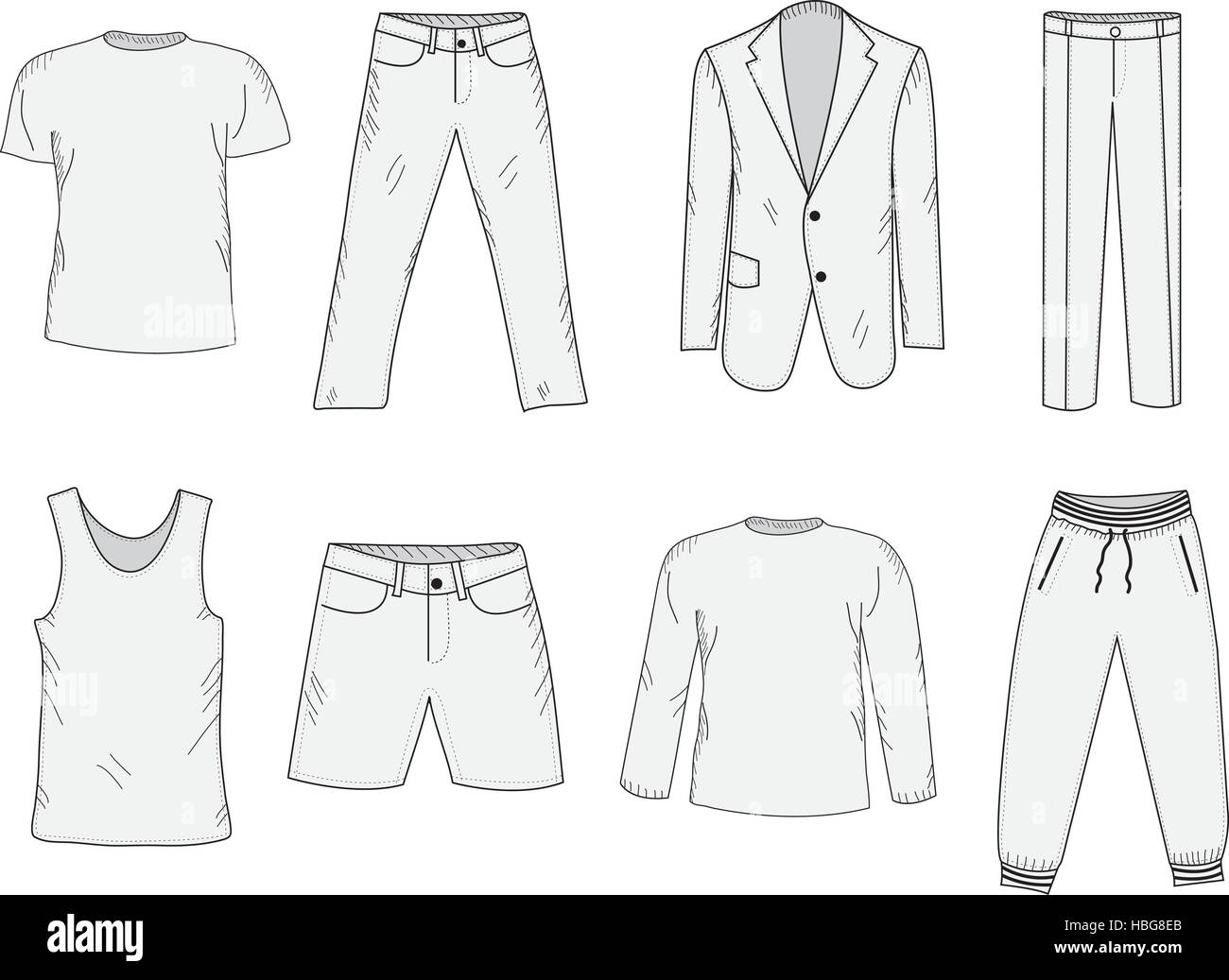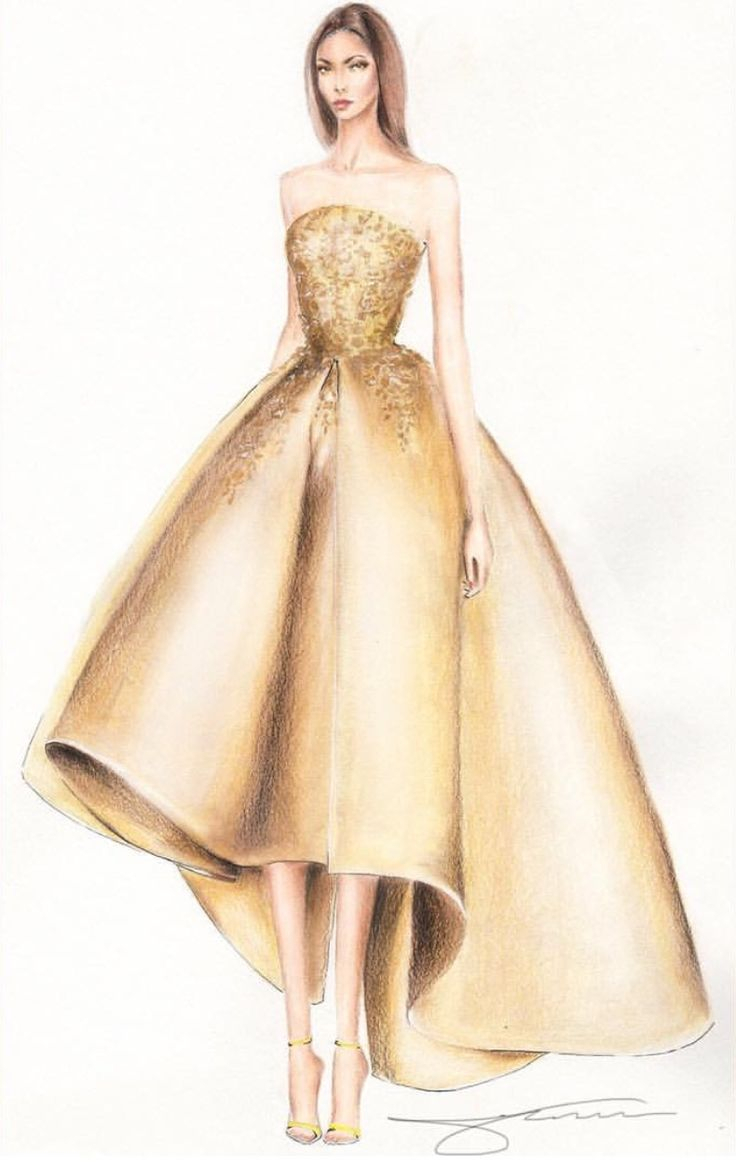
Introduction
Drawing clothes can be a fun and creative activity that allows you to express your personal style and imagination. Whether you are an aspiring fashion designer or simply enjoy doodling, learning how to draw clothes can open up a world of possibilities. In this article, we will explore various techniques and tips to help you improve your clothes drawing skills.

Understanding Proportions
Before diving into the details of clothes drawing, it is essential to understand the importance of proportions. Proportions play a crucial role in creating realistic and aesthetically pleasing clothing designs. Pay attention to the length and width of different body parts to ensure accurate representations.

Sketching the Human Form
When drawing clothes, it is helpful to have a basic understanding of the human form. Begin by sketching a simple stick figure to serve as the foundation for your clothing designs. This will help you visualize how the garments will drape and fit on the body.

Fabric Texture and Folds
One of the key elements in clothing drawings is capturing the texture and folds of different fabrics. Whether it's a flowing dress or a structured suit, understanding how fabric behaves and drapes will add realism to your designs. Pay attention to the direction of folds and the way they interact with the body.

Choosing the Right Tools
Having the right tools can significantly impact the quality of your clothes drawings. Invest in a set of high-quality pencils, erasers, and sketching paper to ensure precise lines and smooth shading. Experiment with different mediums such as markers or colored pencils to add depth and vibrancy to your designs.

Exploring Different Styles
Clothes drawing offers a great opportunity to explore various artistic styles. Whether you prefer a realistic approach or enjoy experimenting with abstract designs, there are no limits to your creativity. Don't be afraid to try different techniques and find your unique artistic voice.

Understanding Body Proportions
When drawing clothes, it is crucial to have a solid understanding of body proportions. Different body types and sizes will require adjustments in your clothing designs. Study human anatomy and practice drawing figures of various shapes to improve your ability to depict different body types.

Drawing Basic Garments
To start, focus on drawing basic garments such as t-shirts, skirts, or pants. These simple designs will help you grasp the fundamentals of clothing construction. Pay attention to details like seams, collars, and hems to add realism to your drawings.

Experimenting with Colors
Adding colors to your clothes drawings can bring them to life and enhance their visual appeal. Consider the mood and style of your design when selecting colors. Play with different color combinations and shading techniques to create depth and dimension.

Creating Fashion Illustrations
Fashion illustrations are a popular way to showcase clothing designs. These illustrations often emphasize movement and style. Experiment with dynamic poses and dramatic gestures to capture the essence of your fashion creations.

Adding Accessories
Accessories are an essential part of any outfit and should not be overlooked in your clothes drawings. Whether it's a statement necklace, a chic handbag, or a stylish hat, accessories can elevate your designs and add personality.

Seeking Inspiration
If you ever find yourself lacking inspiration, there are numerous resources available to spark your creativity. Browse fashion magazines, visit art exhibitions, or explore online platforms to discover new trends and styles. Collect images that resonate with you and use them as references for your drawings.

Practicing Regularly
Like any skill, practice is essential for improving your clothes drawing abilities. Set aside dedicated time each day or week to hone your skills. Experiment with different poses, garments, and styles to broaden your artistic repertoire.

Receiving Feedback
Feedback from others can provide valuable insights and help you identify areas for improvement. Share your drawings with friends, family, or online communities and ask for constructive criticism. Embrace feedback as an opportunity to grow and refine your skills.

Attending Workshops or Classes
If you are serious about enhancing your clothes drawing skills, consider attending workshops or art classes. These educational settings provide a supportive environment where you can learn from experienced instructors and fellow artists. Take advantage of their expertise and guidance to elevate your drawings.

Staying Updated with Fashion Trends
Keep an eye on the latest fashion trends to stay relevant and informed. Follow fashion blogs, watch runway shows, and immerse yourself in the world of fashion. Incorporate these trends into your drawings to create fashionable and contemporary designs.

Exploring Digital Tools
With the advancement of technology, digital tools have become increasingly popular in the world of art and design. Experiment with digital drawing tablets and software to create digital clothes designs. These tools offer flexibility, easy editing options, and a wide range of digital brushes to enhance your creations.

Sharing Your Work
Don't keep your clothes drawings hidden away. Share your work on social media platforms or create an online portfolio to showcase your talent. Engage with other artists and fashion enthusiasts to gain exposure and feedback.

Conclusion
Drawing clothes can be a rewarding and enjoyable activity that allows you to unleash your creativity. By understanding proportions, practicing regularly, and seeking inspiration, you can improve your clothes drawing skills significantly. Embrace your unique style, experiment with different techniques, and don't be afraid to push the boundaries of your imagination. Happy drawing!